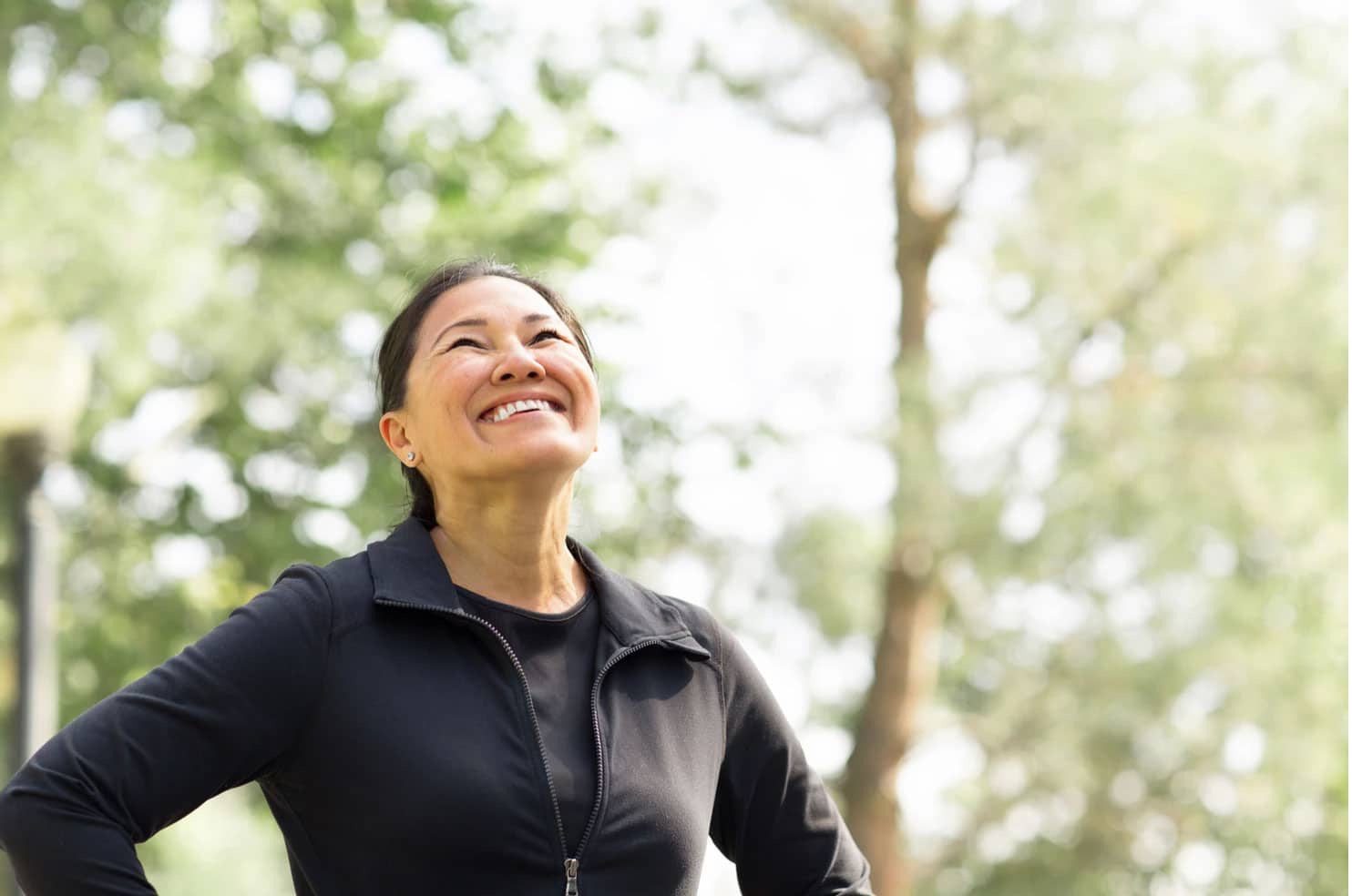
Breathing Mechanics and Physiology: Why Better Breathing Means Better Health
We breathe over 20,000 times a day, yet most of us don’t think twice about it. But if you struggle with chronic pain, fatigue, stress,
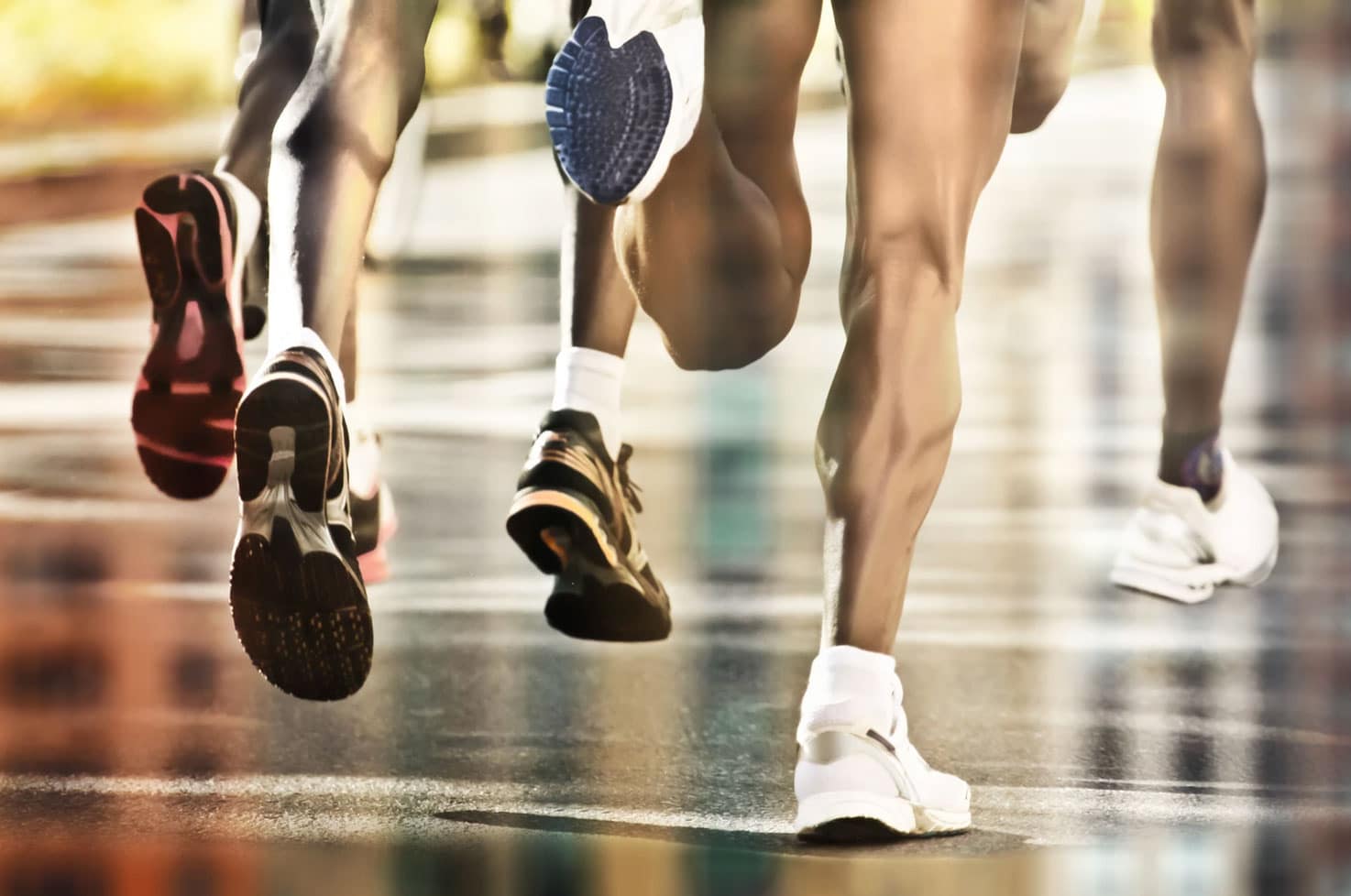
What if I told you having several different pairs of shoes was good for your feet?
Maybe not so good for your wallet. 😉
But great for your feet.
The feet you stand on all day.
The feet that take you from point A to point B – walking or running.
Your feet are important to a lot of things you do.
Have you ever had a foot or ankle injury? Then you know what I am talking about.
There are 26 bones in each foot, and that many more joints.
Giving the bones, muscles and joints of your feet options for movement is essential to moving and feeling well. Whether it be walking, running, lifting weights, playing golf or football, a good pair of shoes can add to your performance and assist in injury prevention.
Let’s look at running shoes specifically.
If you think of purchasing new running shoes like you would a good mattress, a good pillow or even a good pair of jeans, items that you use regularly, you could reason that it’s all about value for money.
You can easily spend a lot on a good pair of running shoes. You can also get some good bargains out there.
Why buy a new pair of shoes that are only going to last you a couple of months?
Depending on how you are suing your shoes they may last a couple of months, they may last you years.
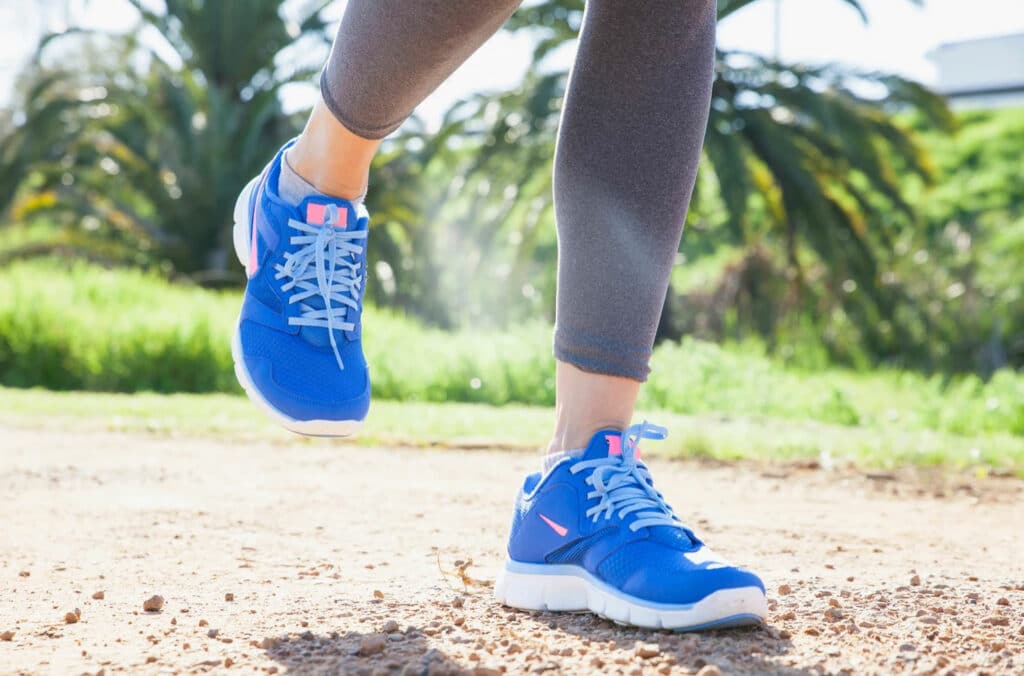
Basically, it depends.
Running style. Frequency of running. Shoe design.
That being said, if you notice signs of excessive wear, you may want to get them earlier.
Signs of excessive wear to watch out for with your running shoes:
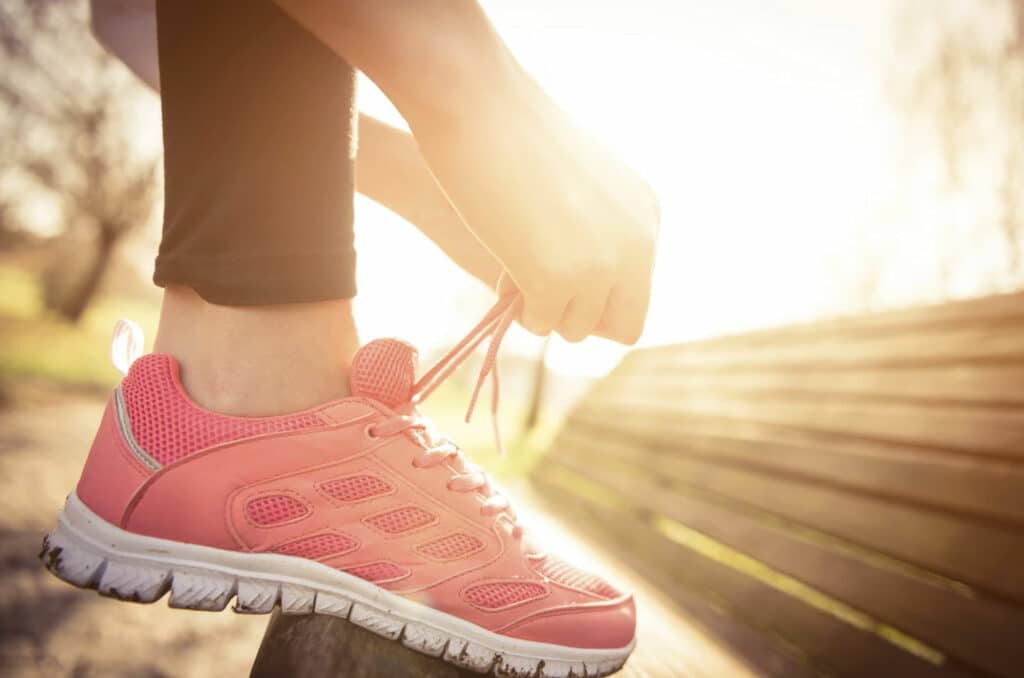
While you may feel that your shoes still get the job done – they’re not that old and other than not looking “new” they still feel relatively comfortable – they may no longer be structurally sound.
Shoe technology has come a long way and running shoes are designed with running performance in mind. As are other sport or activity-specific shoes.
Whether you wear stability, neutral or motion controlled shoes – as the structural integrity of the shoe deteriorates the shoes lose its primary function.
With compromised integrity comes the increased risk of repetitive injuries to your feet, knees, hips and pelvis. Consequently running efficiency and performance may soon suffer.
So…
The nice comfortable feel of your shoes starts to change – they no longer feel like they did out of the box.
After a run your legs feel stiff and tired, and that’s not for doing an intense run!
Shoes wear with time, cushioning loses its shock absorption ability, materials stretch and wear out.
As the sole weakens the cushioning becomes more compressed you may start to notice more discomfort. This can lead to more stress of the joints of your feet, increasing your risk of injury and pain.
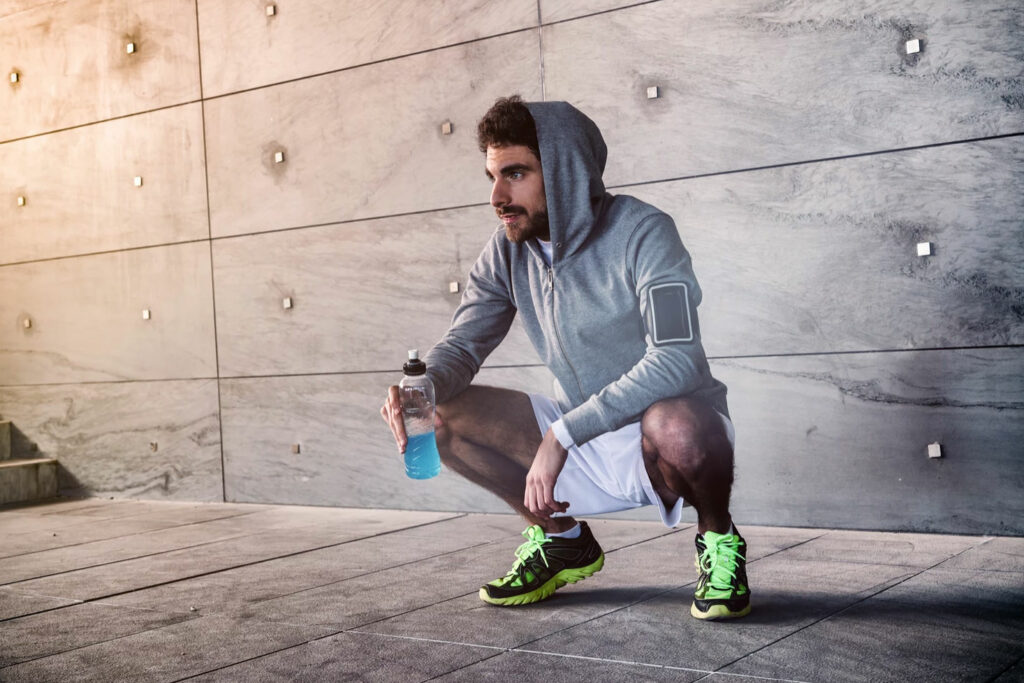
No shoe will last forever. With repeated use the materials stretch and break down, resulting in increased wear and loss of shock absorption.
Going out for a run? Wear your running shoes. Trail vs road require different shoes.
Going for a walk? Wear your walking shoes.
Training in the gym lifting weights? Wear your gym shoes.
You get the idea.
Have you ever wondered why there are so many different types of shoes?
Running. Walking. Leisure. Golf. Basketball. Weight lifting. Etc.
Different activities place different demands on your body, including how you load through your feet.
Walking or standing for prolonged periods, training in the gym as well as other activities that involve lateral motion create an unusual wear pattern. This can lead to shoes breaking down faster.
Running shoes are designed for running. You’ll get the most out of them, if that’s all they do.
By doing this you can rotate between pairs of shoes each day or each run. That will allow time for the shoes to dry and the cushion to reset.
In essence your shoes get time to “recover” from you. By allowing this reset it helps you from being overly conditioned from the way one pair of shoes can influence your running style over time.
A little TLC goes a long way.
Often when our shoes get wet after a run in the rain we leave them somewhere to dry out.
Top tip from Brooks Running Shoes is to stuff your shoes with newspaper whenever they get wet. This will help absorb the moisture. Dry them as soon as you can after use.
Drying your shoes in the dryer, sunlight or against a heater can be damaging to synthetic materials of the shoes – weakening them over time.
Avoid soaking shoes when cleaning them. Be gentle – take out the liners and hand wash your shoes with soap and warm water. As mentioned, stiff the newspaper to dry them out!
Also…
Undo your laces before sliding shoes on and off. When you step in and crumple your shoes repetitively this can damage the structure of your shoes over time – particularly the heel. Keep your shoes strong and intact.
Wear the right socks. Protect your shoes from the inside – no running barefoot – as your body’s natural oils and sweat will lead to break down (and odour).
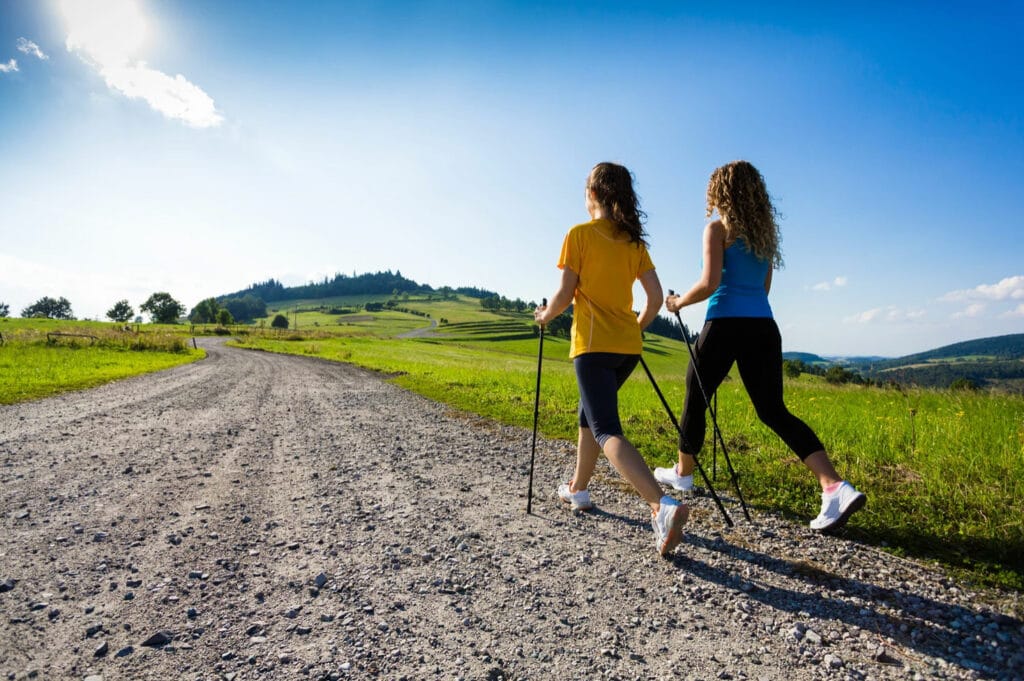
The biggest factor impacting on how long your shoes will last.
Treadmill. Road. Trails. Or a combination.
To ensure you get the most out of your shoe – make sure the shoes you get are designed for the surface you run on!
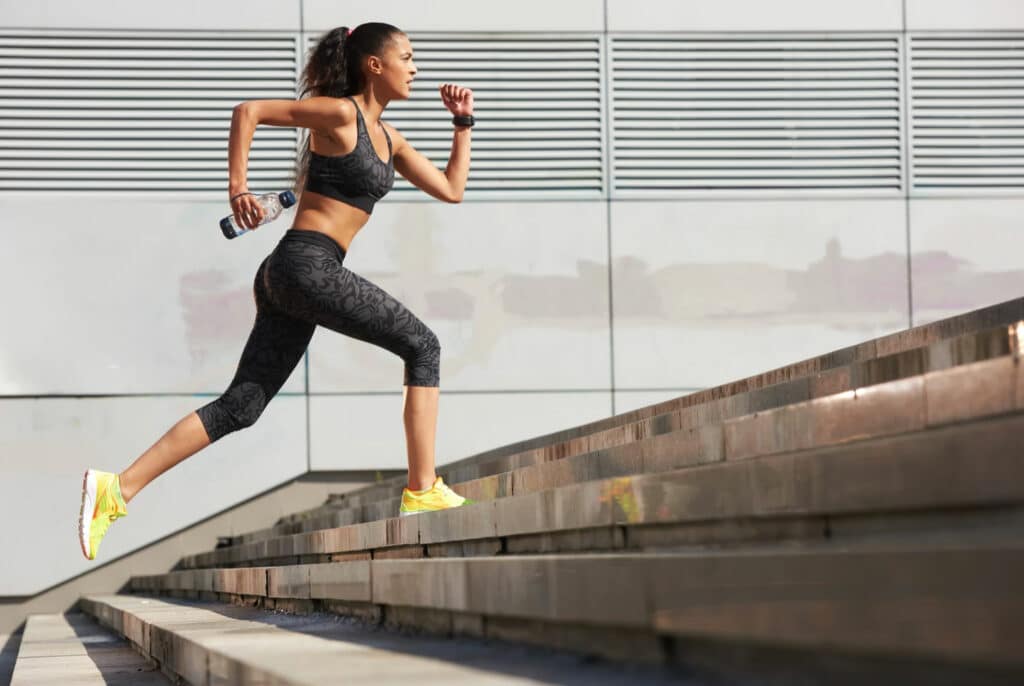
The natural way you run impacts how long your shoes will last.
We all run differently – we all have variations in our gair patterns and therefore the way our feet strike the ground.
What kind of footstriker are you? Not sure. Check the wear pattern on your old running shoes to see the predominant wear pattern – the front or the heel.
Heel striker. The most common pattern for those doing long distance running. More heel wear may mean you need to change your shoes more regularly.
Midfoot striker. More wear under the ball of the foot (middle of foot).
Forefoot striker. The more common pattern for sprinters and hill runners. More wear under the big toe and the outside of the shoe’s front.
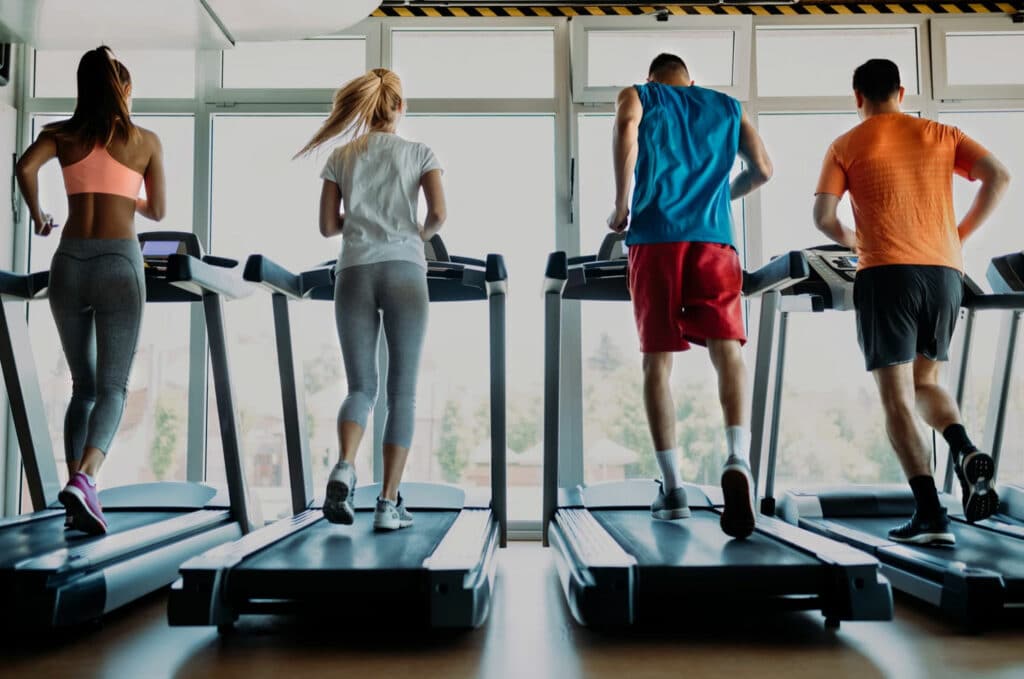
Simply put, the taller you are and the more you weigh, may mean you need to change your shoes more often compared to someone of “average” build. Check with your local running shop to see if there are specific shoes designed with increased support and conditioning.
Whether you are an avid walker, golfer or gym goer, the rules of the game when it comes to taking care of your shoes and when you should replace are the same. The key thing to remember is to keep your running (or walking) shoes “solely” for that purpose – walking or running and with a little TLC you’ll get more out of your shoes!
https://www.paceathletic.com/
634 Darling St, Rozelle NSW 2039
https://runningscience.com.au/
186 Victoria Rd, Rozelle NSW 2039

We breathe over 20,000 times a day, yet most of us don’t think twice about it. But if you struggle with chronic pain, fatigue, stress,
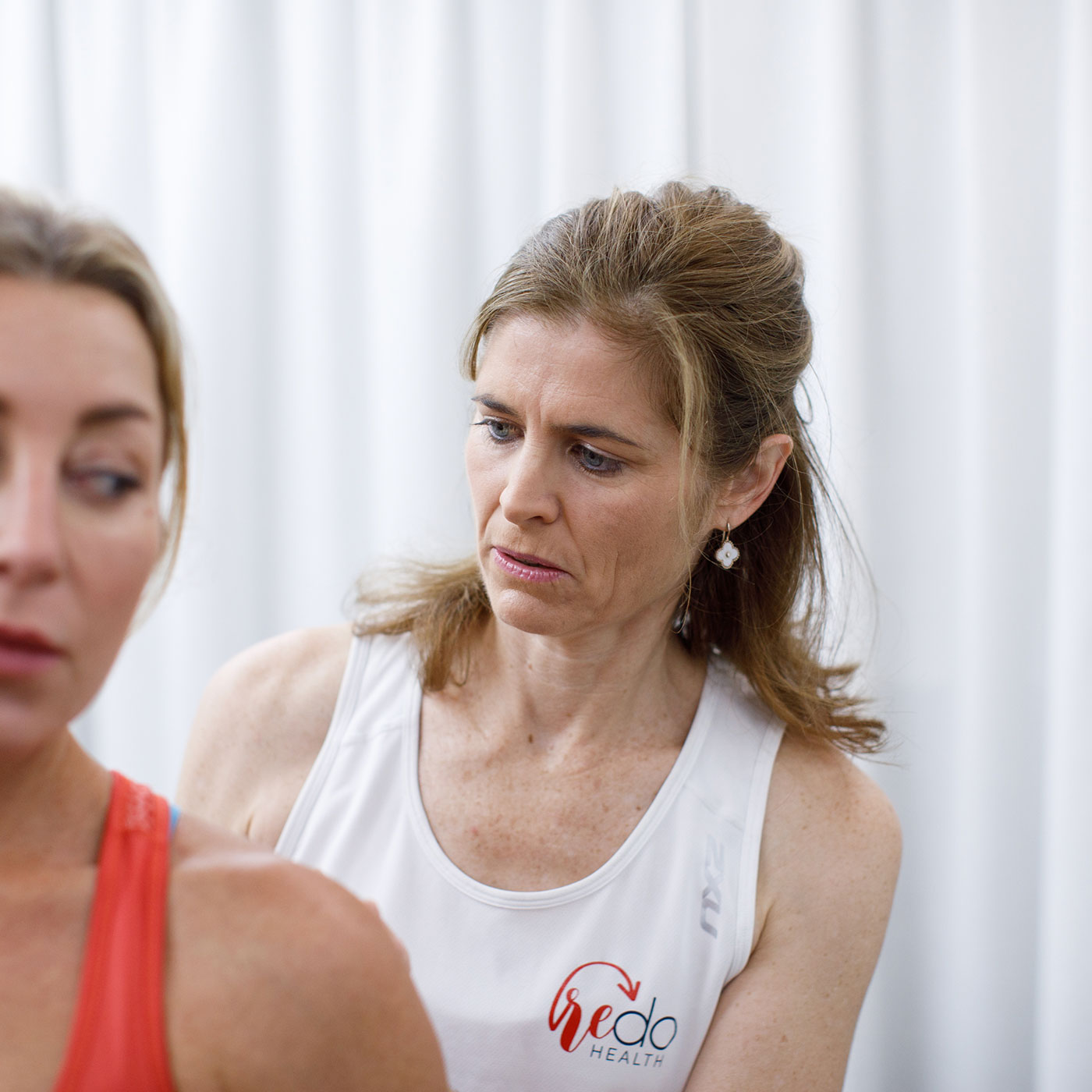
From Melinda… For people who come to my classes and clients who have been seeing me for a while, may have heard some of the
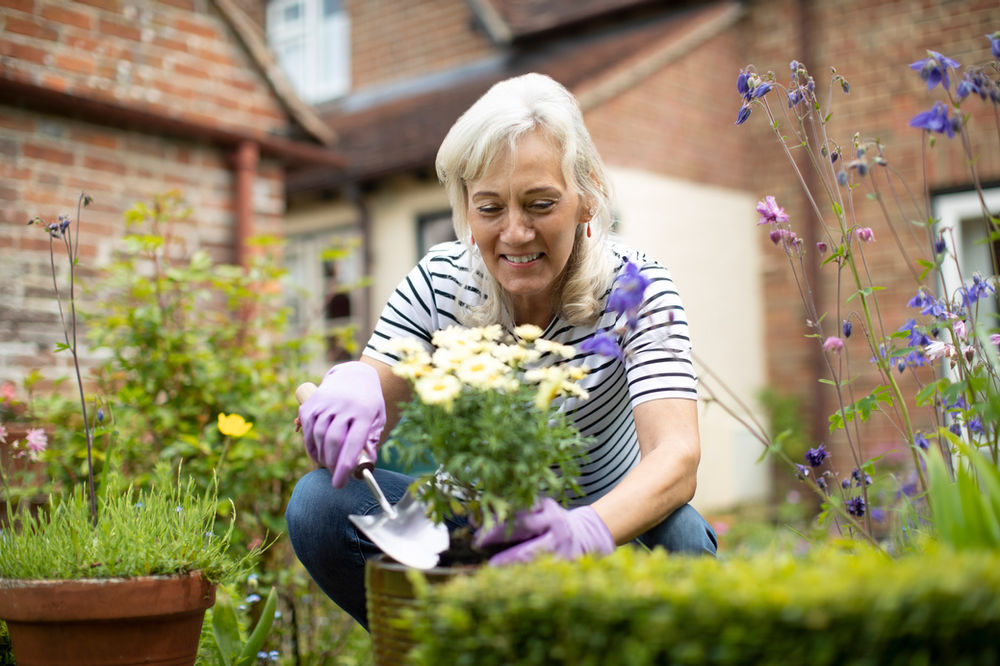
Meet Susan Susan recently suffered a fall attempting to lift a 2.5kg bag of soil overhead in her garden shed when she felt her leg
Sign Up Below To Get Your Free RedoHealth Guide Now
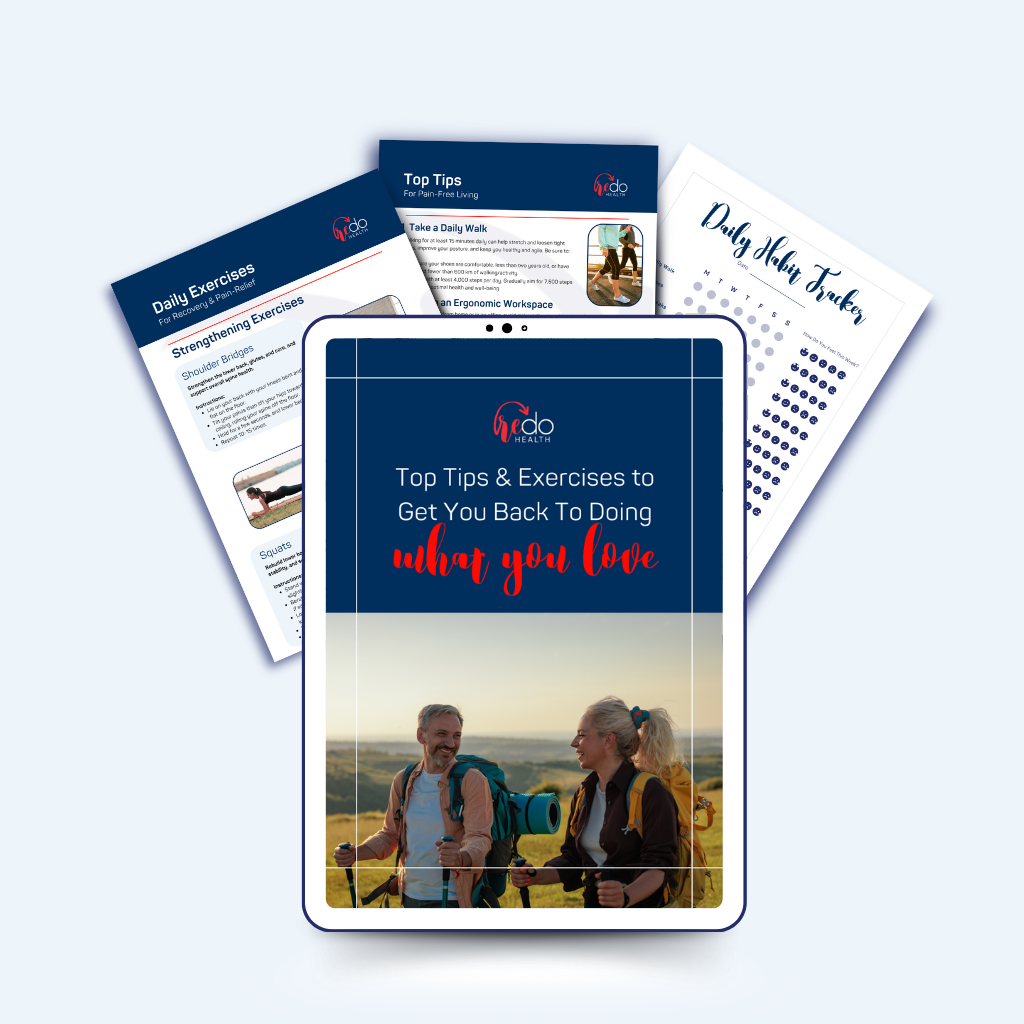
By registering, you agree to receive SMS and email communications from RedoHealth. No spam guaranteed. Unsubscribe at anytime.